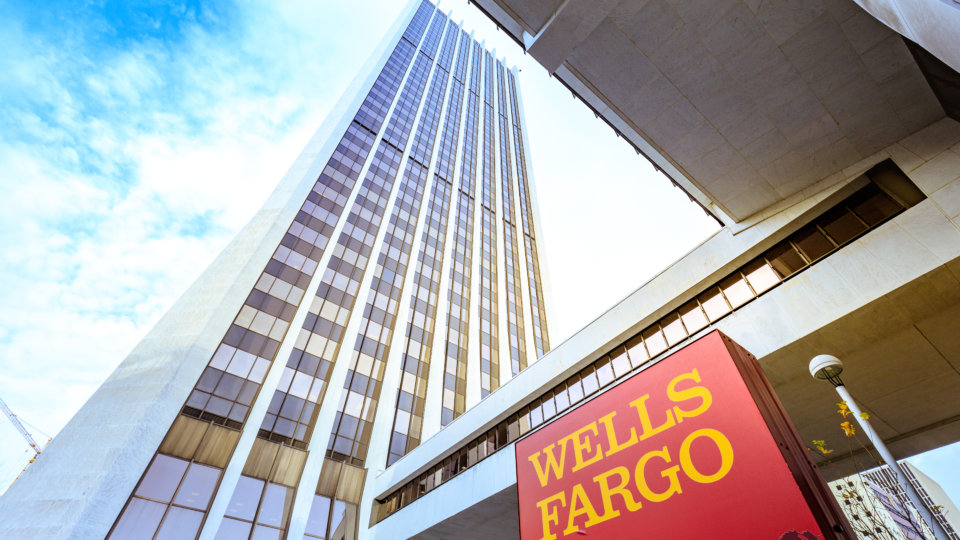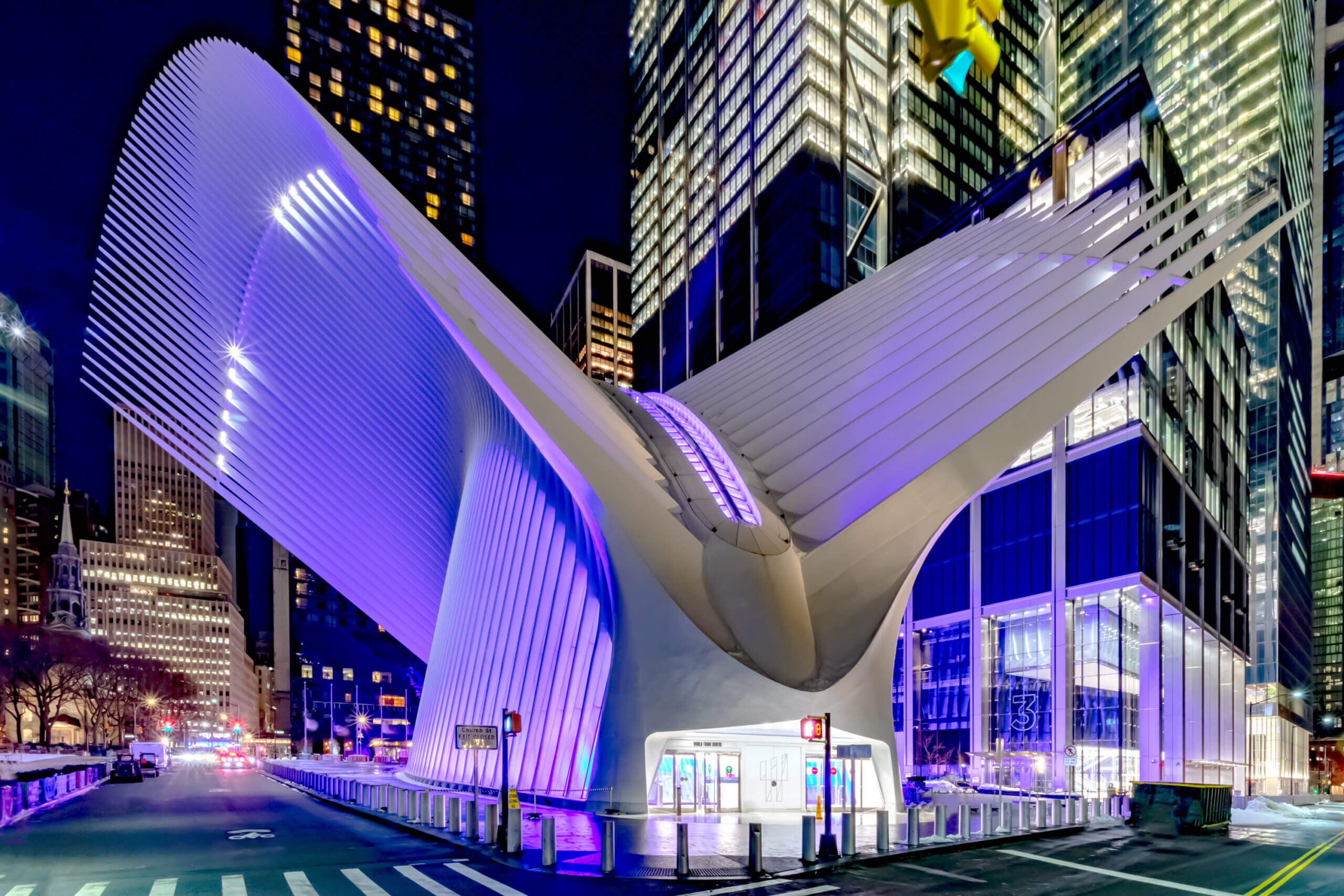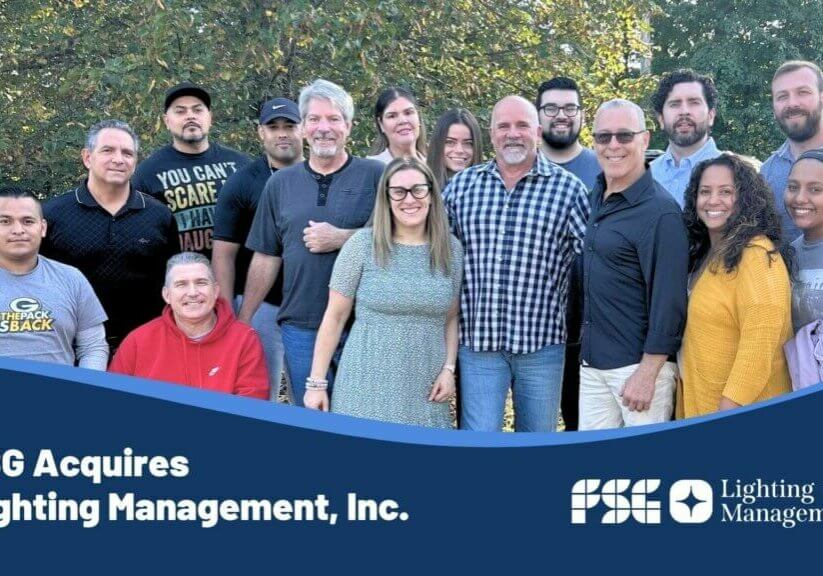If you run a business at a facility you maintain, you know how important a clean, safe, and well-lit parking lot is. Your customers and employees will judge your operation every time they pull on the lot.
Car dealerships tend to be ahead of the game when it comes to illuminating their parking lots. Their investment in fantastic lighting means that potential customers can safely browse their inventory after dark, and their cars and trucks are more secure from criminal activity.
But you got into business to run a business, not to think deeply about parking lot lighting. When a bulb goes out, you’re not the natural choice for finding a ladder, climbing up, and swapping out lamps and ballasts high atop commercial light poles.
Obviously, you need a professional electrical contractor who understands parking lot lighting.
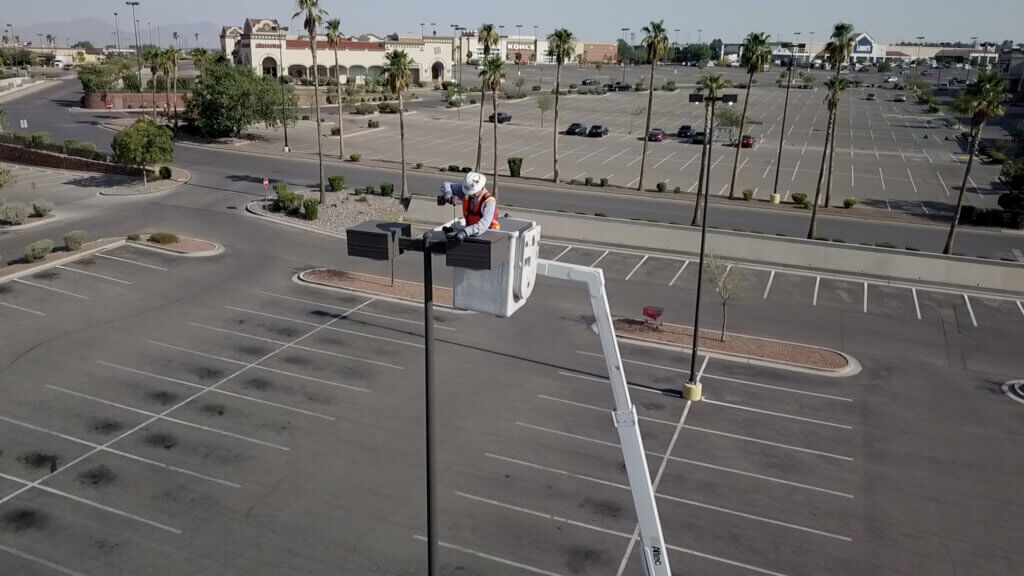
Source: FSG Media
But before you make that call, there are four really common questions that most of our customers ask us, and we want to share them with you. This is basic information that every facility owner or property manager should understand.
So, without further ado, here are the four most common questions our customers ask about parking lot lighting.
1. Why should I upgrade to LED parking lot lighting?
It is hard to believe that the case for LED still has to be made when the overwhelming benefits are so clear. And yet, when the phone rings with a parking lot lighting question, it often sounds like this: “So, what’s the deal with those new-fangled LED lights?”
In a nutshell, LED technology offers facility managers dramatically lower operating expenses (OPEX), significantly reduced maintenance costs, and remarkably greater flexibility and customization when compared to legacy lighting technologies.
Many property owners and managers have already decided to upgrade their exterior lights to LED and, of course, they have good reasons to do so. But because we get this question so often, we asked FSG’s Indianapolis Branch Manager Hunter Kasten to tell us what he’s hearing from customers who made the switch to LED.
“For me, the most important benefit customers notice is improved safety and security. These are imperative to all operations. A well-lit parking lot is a safer and more secure environment for employees and customers.”
Hunter Kasten, FSG indianapolis
The second main benefit is energy reduction. This is always the driving factor when businesses make lighting repair and upgrade decisions. LED technology keeps advancing, and the latest fixtures deliver lower OPEX expenses and improved ROI scenarios for facility owners.
Lastly, maintenance savings are commonly overlooked by facility owners and only become apparent in the months and years following a lighting upgrade project. Businesses that have made the switch to LED often report they have time for other projects now that they’re not constantly changing ballasts and bulbs!
The hidden truth of the matter is that selecting the right partner to specify the correct product for your particular application – not just the one or two products they happen to know, but the best fit from across a wide spectrum of manufacturers and products – will yield longer product life with lower overall maintenance costs.
In the end, while controlling costs is critical, customer and employee safety is existential for a business.
A major study in New York City found that improved outdoor lighting reduced crime by 39%. Other studies show that due to low activity in parking lots, violent crime is more likely to occur there than in a commercial facility.

Source: iStock
In addition, approximately 7.3% of violent property crimes happen in parking garages or on parking lots. And of those, 12.1% of parking lot crimes occurred at commercial business locations.
Businesses that do not provide a safe parking lot for their customers and employees are usually not in business for long. Hunter is right: choose LED for the savings, but love it for the way it supports your business.
2. Is there such a thing as “Good Design” in parking lot lighting?
Design? For a parking lot’s lights? Absolutely!
In this case, the design doesn’t just mean what color the lights should be, or where you want to put the fixtures. Here, design means everything from planning and preparation, to advanced measures designed to save you money.
First of all, you’ve got to have a plan. Start by taking a complete inventory of the lot and adjoining areas. The number of lights, type(s) of lamps, and height of the fixtures are what you need to know.
READ: HOW TO CONDUCT A LIGHTING AUDIT
When you’re counting lights, be sure to take careful note of what kinds of lights are used in different places. Lights near lot entrances and doors might be different from those mounted further out in the lot itself.
Next, when surveying the lot, keep in mind what kind of facility or business uses the parking lot. Remember that more lighting does not always equal better lighting. If your facility is in a business district, identify any trends in that area.
“More light doesn’t always mean better light. Too much light or poorly distributed lighting can cause light polution or problems with glare.”
Scott Davis, FSG Denver
Are other parking lots in the area well-lit? If so, how is their lighting distributed? For a parking lot the same size as yours, how many light poles are installed and how are they positioned? When thinking about a well-executed design, lighting distribution is key.
Know the approximate square footage of your parking lot as well as the lumens output per fixture. There are typically standards for total lumens, depending on the location of your business. (Lumens, not wattage, are an indicator of the brightness of your lights.)
Finally, the design phase is the time to consider lighting controls. Most parking lots are lit for about 12 hours or more. Control systems will automatically turn lights on and off according to a schedule, letting you set up the timers and walk away.
You can also use controls to reduce the output of certain lamps that are furthest from the facility. Controlled lighting allows businesses and property owners to reduce energy usage during daylight hours when lighting is not needed, and at night in zones with little or no activity.
“Energy is power multiplied by time; controls can either reduce the time or power components of the equation. Ideally, it is best to install controls at the same time as installing any new or replacement equipment because the electrician is already on site.“
Energy.GOV Website
In this Parking Lot Lighting Guide for Federal agencies, Energy.gov provides a lot of helpful information that applies to business owners who are considering an LED lighting upgrade.
If you need to design the lighting for a brand new facility, the most reputable lighting contractors can help you with this project. Design is something you want to get right on your parking lot lighting.
3. Are there rules and guidelines for parking lot lighting in my town?
There are several reasons why businesses upgrade their parking lot lighting. But unfortunately, it’s just not as simple as buying some bulbs and running up a ladder. You’ve got to make sure your replacement lights are in line with municipal standards and guidelines.
Municipalities around the United States have varying standards for parking lot lighting written into their municipal codes. These standards cover everything from the height of the fixtures, to how bright they are, to rules about their usage.
Some areas require that buildings and businesses dim their lights after closing time. Others require that the light from the lot not interfere with passing traffic or adjacent properties. Virtually all codes call for a minimum foot-candle measurement.
You can start by contacting the municipal office closest to the location of your parking lot. Usually, there will be a division that manages current building codes and standards. Let them know that you are planning to upgrade the lighting in your parking lot and that you would like to see the current municipal standards on parking lot lighting.
READ: THE COMPLETE GUIDE TO PARKING LOT LIGHTING
The municipality typically has a review board that will approve your lighting plan. They will advise you on what is needed for them to conduct a lighting review. Some of the items they will likely ask for are the type and number of fixtures, type of lamp(s), lumens output for each fixture, square footage of the property, and foot-candle distribution.
For most business owners or facility managers, these codes are obscure and unintuitive. They can be a real “deep dive” for the uninitiated. A better option is to engage the services of a professional lighting contractor who knows the local code, who can explain the relevant requirements that apply to you, and who can make sure your new lights comply with all local ordinances.
For expert lighting contractors, no municipal code is too difficult to find or too hard to read. A very good contractor already knows all of the pertinent rules surrounding the lights in your lot and will design your new system accordingly. If they do not have the guidelines on hand, your lighting contractor will take care of obtaining the current standards on your behalf.
Be sure to ask your contractor about these codes, and make sure your lighting design is on the right side of them. You don’t want to execute a big retrofit project and immediately be notified that you need to make changes or face fines from the local government.
4. What is a foot-candle, and why does that impact my parking lot lighting?
Foot-candles… What, exactly, is a foot-candle? The technical definition says that one foot-candle is equivalent to “the illuminance cast on a surface by a one-candela source one foot away”.
In simple terms, foot-candles are the standard (United States) unit used to measure how much light is actually being put down on a surface.
Foot-candles are extremely important. As we said above, there are virtually always rules and regulations that govern the minimum number of foot-candles your parking lot lights must put out.
And for good reason. The installation or upgrade of parking lot lights is the most obvious and important opportunity to improve a building or business’s security.
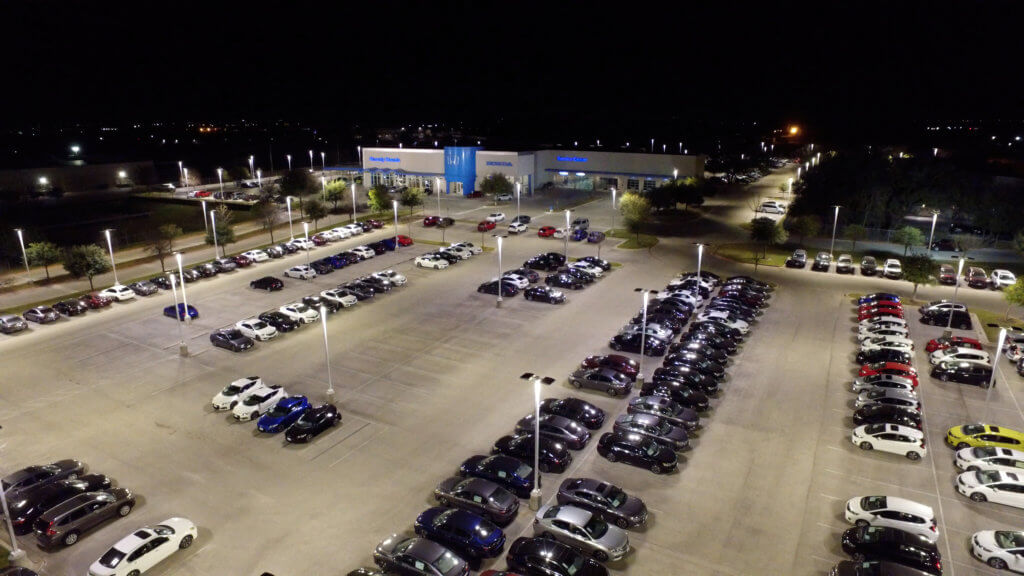
Source: FSG Media
You don’t need much imagination to conjure up nightmares of what could be going on in your parking lots at night if the lights are too dim or are not working at all. Employees and customers would dread walking through the lot to their cars, and pretty soon they would simply stop coming back.
Once again, a good lighting contractor will be a huge help when trying to make sure you’ve got your foot-candles accounted for. Professionals have tools to measure the light from a source in all sorts of different ways, and foot-candles per square foot is one of the values they confirm.
By the way, this science is referred to as “photometry,” and it is a really, really good idea to hire lighting experts (and their tools) during any parking lot lighting project. Not only will you be keeping yourself in line with local codes, but you will be providing a much safer and more welcoming environment for everyone who uses your parking lot.

Let us know if you have any questions about your parking lot lighting. Our lighting team can take care of the design, municipal guidelines, and handle the entire project turn-key while you focus on your day-to-day business.
Contact our team today at (877) 293-6689 or visit our website.













